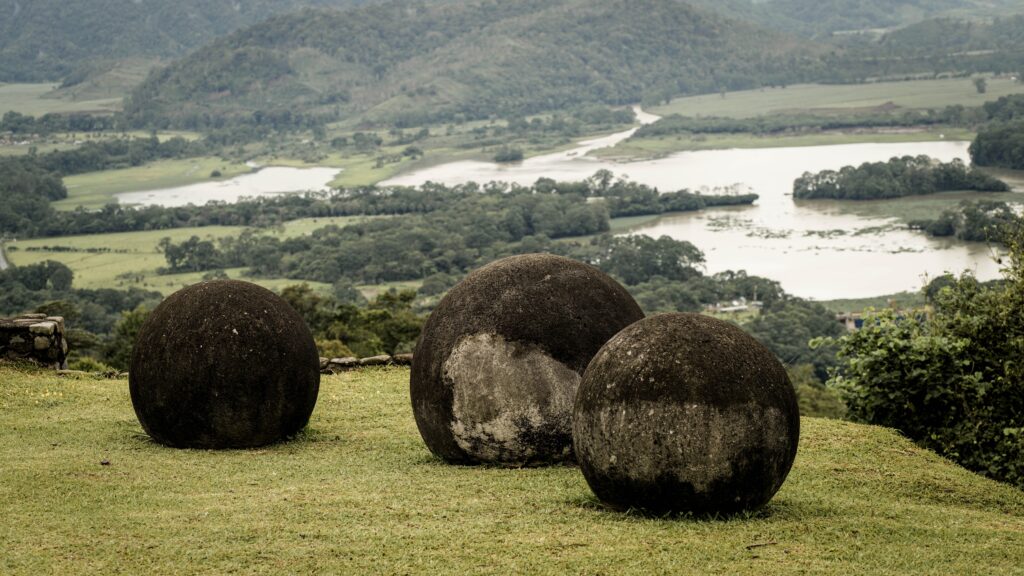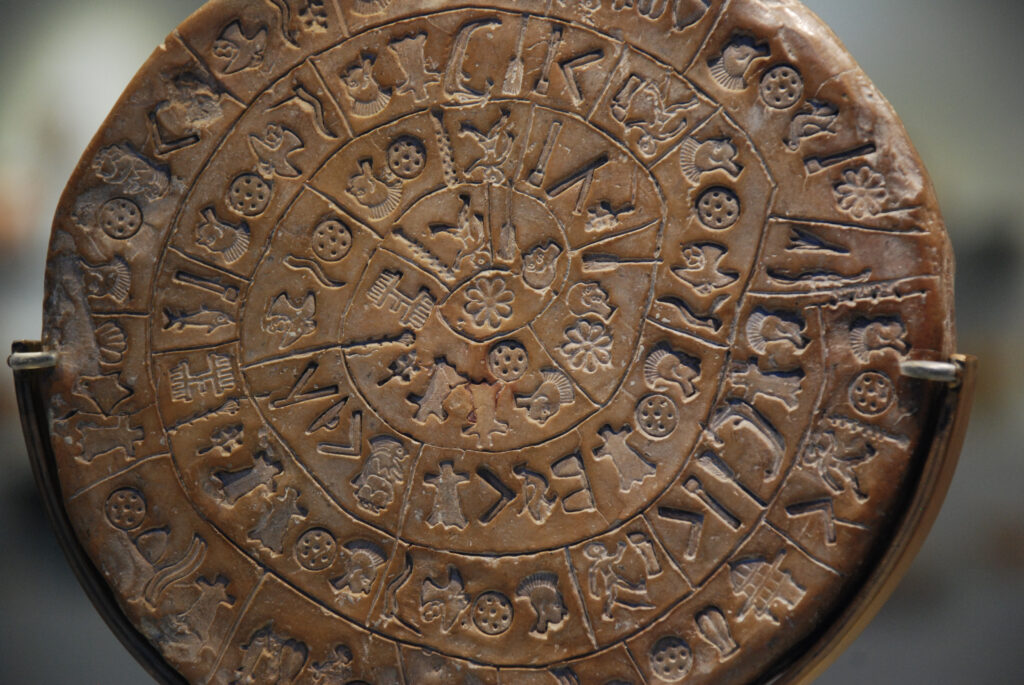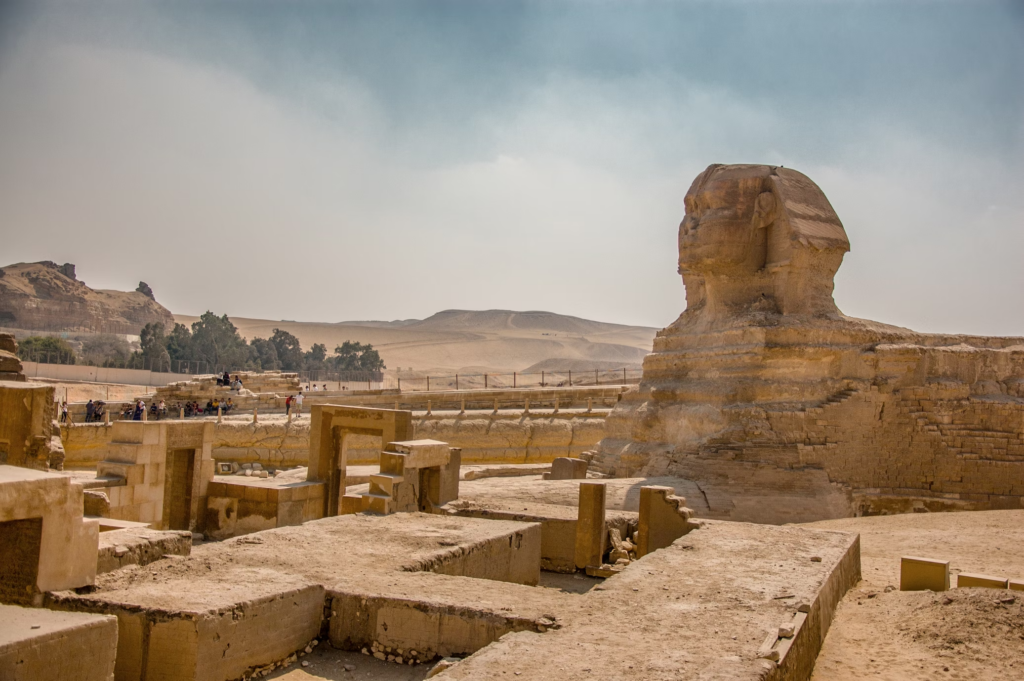Ancient History
The Craziest Artifacts Found in Places You’d Never Expect

In every era, archaeologists and explorers have stumbled upon objects that defy what we think we know about history. These are artifacts that don’t quite fit, that seem almost otherworldly, either because of where they were found, their bizarre designs, or the technology they hint at. Sometimes, these artifacts are so advanced or unusual that they spark wild theories, from lost ancient civilizations to the possibility of extraterrestrial visitors.
This article dives into a handful of these unusual and mysterious artifacts. Each of them challenges the timeline of human development, and they’re all packed with enough intrigue to keep both historians and dreamers wondering what else might still be hidden, waiting to rewrite what we know about the past.
Ancient Mechanical Marvels
The ancient world is full of surprises, but some discoveries stand out because they seem so ahead of their time. Among them are two mysterious artifacts that have historians and scientists scratching their heads, wondering just how much ancient civilizations actually knew about technology and science.
The Antikythera Mechanism: An Ancient Greek Computer
In 1901, a group of divers off the coast of Greece stumbled upon something strange while exploring an old shipwreck. What they brought up looked like a lump of corroded bronze, covered in gears and pieces of metal. Today, we know it as the Antikythera Mechanism—a sort of ancient computer dating back over 2,000 years. This wasn’t just a random collection of gears; it was a carefully engineered device, built to track the movements of planets, predict eclipses, and maybe even follow the cycles of the Olympics. For a long time, historians didn’t think anything close to this level of technology existed until medieval times, over a thousand years later.
So how did the ancient Greeks manage to create something so advanced? Some people believe it’s a rare example of Greek genius at its peak, while others wonder if it’s evidence of knowledge that’s been lost over time—or maybe even something passed down from an earlier, advanced civilization. It’s a bit mind-boggling to think that people in ancient Greece might have had this kind of astronomical insight and mechanical skill. The Antikythera Mechanism is a reminder that our history might be hiding more advanced knowledge than we’ve ever imagined.
The Baghdad Battery: An Ancient Power Source?
Then there’s the “Baghdad Battery,” an artifact that archaeologists found near Baghdad in the 1930s. It’s a small clay jar with a copper cylinder inside, surrounding an iron rod. On its own, it might not look like much. But when someone thought to add an acidic liquid—like vinegar or grape juice—the jar produced a tiny electric charge! This discovery led people to wonder: did ancient Mesopotamians understand electricity? And if they did, what were they using it for?
One idea is that this little jar might have been used for electroplating, a process where a thin layer of metal coats an object. Maybe it helped ancient craftsmen cover items with gold or silver. Others think it might have been used in religious rituals, giving a small shock to create a sense of mystery or power. And, of course, there are wilder ideas too—maybe it’s a piece of lost technology from a civilization we don’t know about, or even a relic from visitors beyond Earth. Whatever the truth is, the Baghdad Battery reminds us that ancient people were experimenting with things in ways that still surprise us today.
Maps of Unknown Lands

Maps are like snapshots of what people knew about the world at a certain time. They tell us a lot about history, exploration, and what places were known—or unknown. But every now and then, a map surfaces that doesn’t quite fit, making us wonder if ancient civilizations had access to knowledge we’ve lost. One of the most famous examples of this is the mysterious Piri Reis Map.
The Piri Reis Map: A Cartographic Enigma
Back in 1513, an Ottoman admiral named Piri Reis drew up a map that’s still stumping people today. It shows the coastlines of Europe, North Africa, and even parts of South America with surprising detail and accuracy, especially considering the limited navigation tools available back then. But here’s where it gets really weird: some believe this map also shows the coast of Antarctica—a place that wasn’t officially “discovered” until more than 300 years later, in 1820. And if that wasn’t enough, the part of Antarctica it shows looks like it was drawn before it was covered in ice, suggesting it’s way older than anyone thought.
So, how did Piri Reis make this map? Some people think he copied it from ancient sources, maybe maps handed down from lost civilizations that had a pretty advanced understanding of the world. There are even theories that it’s proof of a prehistoric global society or, for the more adventurous thinkers, a sign of contact with extraterrestrials. Skeptics argue that this “Antarctica” could just be a mistake, a misinterpretation of South American coastlines. But whether it’s an error or a clue to something bigger, the Piri Reis Map keeps historians and dreamers coming back, wondering if our ancestors knew way more about our planet than we give them credit for.
Unusual Stone Constructions

Sometimes, the ancient world gives us stone creations that are almost too strange to believe. It’s not just that they’re impressive; they’re baffling, especially when we think about how ancient people pulled them off with basic tools. Here are two stone mysteries that still have people scratching their heads—and maybe wondering if our ancestors knew more than we think.
The Stone Spheres of Costa Rica: Mysterious Precision
In the 1930s, workers in Costa Rica’s Diquís Delta were clearing land when they stumbled on something strange: huge stone balls, some of them as small as bowling balls, others as big as cars. Now known as “Las Bolas” (literally, “The Balls”), these spheres were carved by the Diquís people hundreds of years ago. Here’s the weird part: they’re almost perfectly round. And it’s not like they had high-tech tools to get that precision. So how did they make them?
As for why these stones exist, there are plenty of theories but no solid answers. Some think they were just symbols of status or maybe territory markers. Others believe they had something to do with astronomy—maybe lined up with the stars or the sun in some way. And then there are the out-there ideas: maybe these stones were inspired by something beyond Earth. Whatever the truth is, these stone spheres show just how much skill—and mystery—ancient people put into their creations.
The Cochno Stone: A Prehistoric Map or Ritual Site?
In a quiet field near Glasgow, Scotland, there’s a massive slab of rock called the Cochno Stone. On the surface, it doesn’t look like much, but if you take a closer look, it’s covered in strange symbols—spirals, rings, and small carved “cups.” Dating back over 5,000 years, this stone is one of Europe’s largest pieces of ancient rock art. But no one knows exactly why it was carved or what it all means.
Some researchers think the Cochno Stone might be an ancient map, maybe showing stars or important places. Others believe it could’ve been part of rituals or ceremonies, with each carving having a special meaning, like symbols of nature or gods. And then there are theories that maybe it was a kind of code or even a message from a lost civilization. We may never know the answer, but the Cochno Stone is a fascinating reminder of the mysteries the ancient world left behind.
Mysterious Manuscripts and Codices

Some old books and manuscripts are so strange that they’re still keeping people up at night. Even with all the technology we have today, a few of these ancient texts refuse to give up their secrets. Here are two that have left experts totally stumped.
The Voynich Manuscript: An Unsolved Codex
Imagine finding a book filled with drawings of bizarre plants, star signs, and random scenes of people floating in pools, all written in a language no one’s ever seen before. That’s the Voynich Manuscript. Ever since a guy named Wilfrid Voynich bought it in 1912, it’s been one of the biggest puzzles out there. People have tried everything—code-breaking software, linguistic analysis, even AI—to figure it out, but so far, it’s like talking to a wall. Nothing makes sense.
Some say it might be an old medical guide or a book on plants, written in code to keep its secrets safe. Others think it could be a prank from the Middle Ages, just there to mess with us. And then there’s the idea that maybe it’s written in some lost language—or even that it’s from another world altogether. Whatever it is, the Voynich Manuscript has a lot of people wondering if it’s the real deal or just a massive practical joke from history.
The Phaistos Disc: A Minoan Mystery
In 1908, archaeologists digging around an ancient palace on Crete found this small clay disc covered in tiny stamped symbols arranged in a spiral. It’s known as the Phaistos Disc, and it’s one of the oldest “printed” items ever discovered. The disc comes from around 1700 BCE, but here’s the thing: we still don’t know what it says or even what language it’s in.
Some people think the Phaistos Disc might be a kind of calendar, a religious text, or even a record of some important event. Others have wilder ideas—maybe it’s a coded message or even a game. But since no one has found symbols like this anywhere else, we’re all left guessing. It’s like the world’s oldest puzzle, sitting there for centuries, waiting for someone to finally figure it out.
Out-of-Place Artifacts and Alien-Looking Objects
Every so often, archaeologists come across something that doesn’t seem to fit with the time or place where it was found. These artifacts leave us scratching our heads and wondering if maybe we’ve missed something big. Here are two that really throw a wrench into the historical timeline.
The Tecaxic-Calixtlahuaca Head: Roman Relic in Ancient Mexico?
In the 1930s, a small terracotta head was discovered in a burial site in Mexico, near the town of Tecaxic-Calixtlahuaca. At first glance, it might not seem too strange, but when experts examined it closely, they found something odd—it looked almost Roman. Tests dated the head back to about 200 CE, a time when Rome was at its peak… but on the other side of the world! So how did this little Roman-looking head end up buried in ancient Mexico?
There are a few theories, of course. Some people think it may have been brought to Mexico through ancient trade routes or even by shipwreck survivors from far-off lands. Others think it could have been placed there later, possibly as a hoax. But if it really is an authentic Roman artifact, it suggests that people may have been crossing the oceans long before we thought they did.
The Maine Penny: Viking Coin in New England
In the 1950s, an unusual coin was found at a Native American archaeological site in Maine. This wasn’t just any coin—it was a Viking silver penny from around 1000 CE. How on Earth did a Viking coin end up buried in New England? At the time, the only confirmed Viking settlement in North America was at L’Anse aux Meadows in Newfoundland, far from Maine.
Some historians think the coin might have reached Maine through trade routes between different Native American tribes. Others wonder if the Vikings actually traveled much farther down the coast than we thought. Either way, the Maine Penny adds a bit of mystery to the story of Vikings in North America, leaving open the possibility that there’s more to the tale than we’ve uncovered so far.
Echoes of the Ancient Mysteries

The more we dig into history, the more it surprises us. Some of these artifacts are like little question marks left behind by ancient people, making us wonder what they knew that we might have forgotten. Whether it’s the crazy mechanics of the Antikythera Mechanism, the mystery language in the Voynich Manuscript, or that Viking ring with Arabic script, these finds show us that history isn’t as cut-and-dry as we think.
Maybe these artifacts hint at connections between ancient people that we didn’t know existed, or maybe they point to knowledge that somehow slipped through the cracks of time. Whatever the truth, it’s hard not to get pulled in by the mystery of it all. It’s kind of amazing to think there could be even more strange, unexplained stuff out there, buried and waiting to change what we know.
In the end, these ancient puzzles are a reminder that history is more than just facts and dates—it’s a story that’s still being told. And who knows? The next big discovery might be just around the corner, ready to shake things up all over again.
Typos, corrections and/or news tips? Email us at Contact@TheMindUnleashed.com
